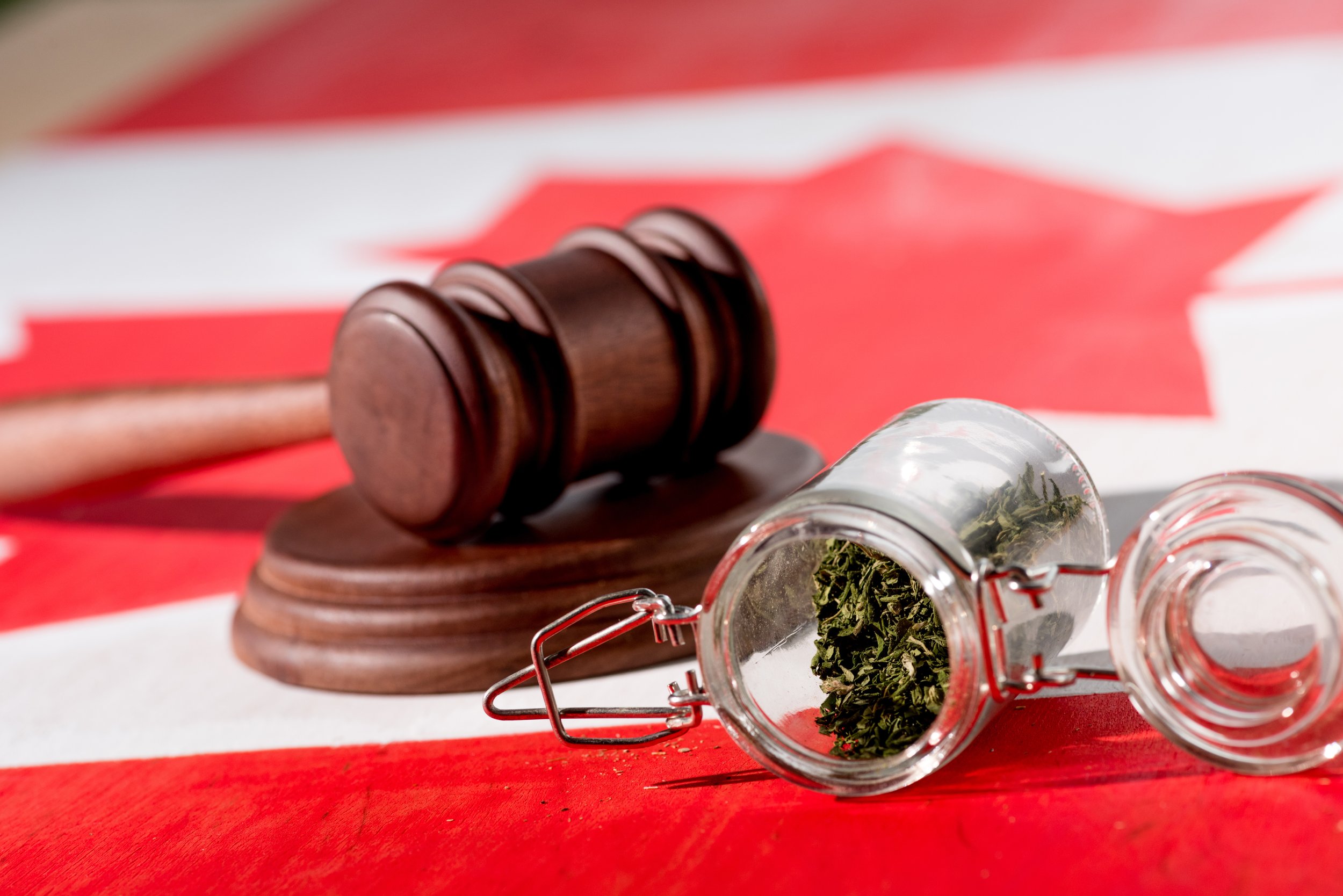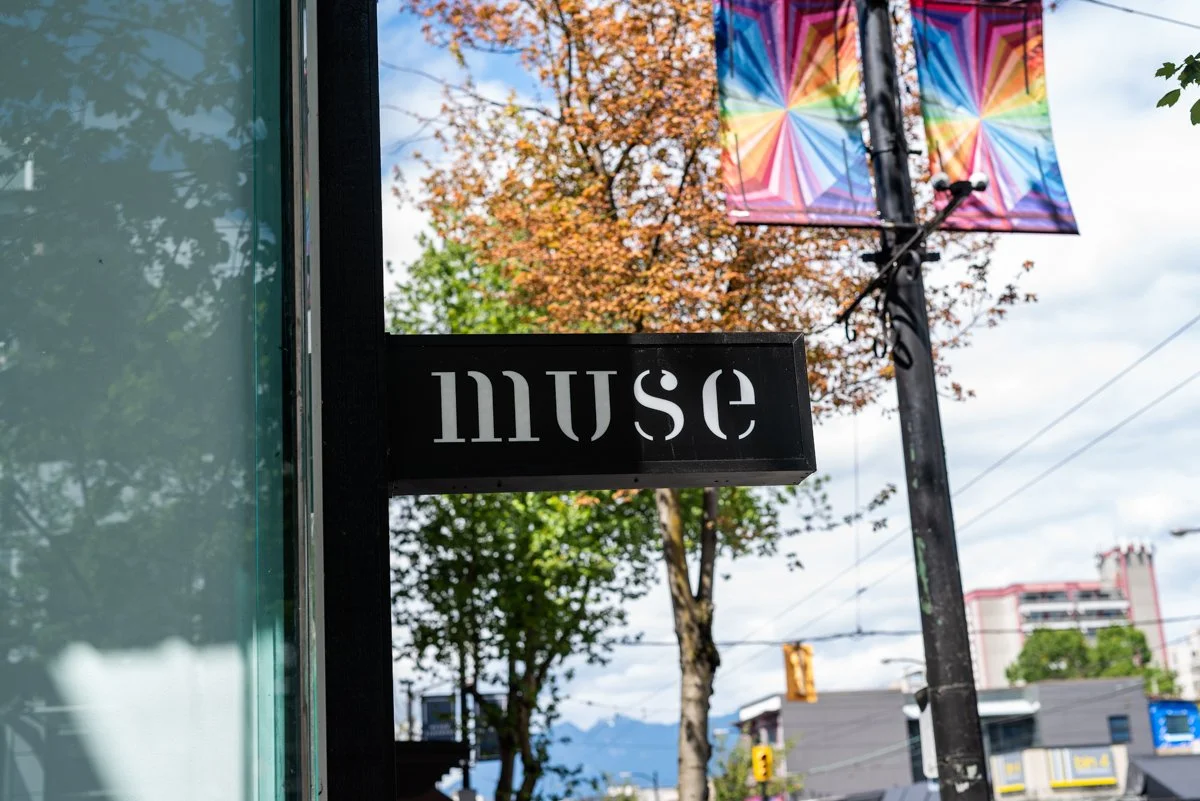A Brief Timeline of Cannabis Legalization
By Nicole Sekiya
In the lead-up to 4/20 this year, it seemed like a perfect time to explore the history of cannabis in Canada. Perhaps unsurprisingly, we don’t need to look much further than our own community to see the roots of drug prohibition in this country.
Cannabis in the 20th Century
In 1907, a riot perpetrated by the “Asiatic Exclusion League” (yes, that was a real thing here in Vancouver!) brought violence and conflict to the Powell Street neighbourhood which was a bustling community hub for Japanese Canadians. Following the riot, future Prime Minister Mackenzie King visited the area to observe the fallout from the disturbance. In a misguided and racist attempt to curb opium making its way into the mainstream, he used the chaos and instability following the riot to justify the introduction of the 1908 Opium Act, which marked the start of drug prohibition in Canada.
Granville Street as it was in the 1920s. Note the street cars and automobiles. The Capital movie theatre is on the right. Photo Credit: Vancouver City Archives.
By 1923, cannabis had been added to the Narcotics Drug Act Amendment Bill over concerns from anti-drug groups and law enforcement lobbyists in Canada. Cannabis was relatively unheard of in Canada until the 1930s and then saw another boost in the 60s. By the end of the 1960s, cannabis-related convictions rose by almost 100% as the “hippie” and counterculture movements grew across North America and spread awareness of cannabis culture. On the other hand, it was also at this point when recommendations on loosening regulations began to be discussed in the legal and political world, including a 1972 report from the Royal Commission of Inquiry in the Non-Medical Use of Drugs.
Towards Legalization
While updates to regulations were stagnant, cannabis culture in Canada continued to proliferate and by 2001, the Medical Marijuana Access Program (MMAP) was introduced thanks to activism in the cannabis community. This program aimed to provide access to cannabis for folks experiencing extreme, chronic pain from a variety of conditions, and for compassionate end-of-life care. However, the program failed to provide a robust system for patients to access cannabis, so in April 2014 Health Canada renamed it Marijuana for Medical Purposes Regulations (MMPR) which included a system for the cultivation and distribution of cannabis by licensed providers.
In the lead-up to the 2015 federal election, cannabis legalization was a core campaign promise for Justin Trudeau. Just over a year after he took office, the Task Force on Marijuana Legalization and Regulation provided their recommendations to the provincial and federal governments. Those recommendations eventually led to the Cannabis Act, which came into effect on October 17, 2018.
Muse Cannabis Opens
Muse Cannabis Stores entered the conversation in the spring of 2019 and since then, we’ve been committed to providing a safe, reliable, and welcoming environment for folks to explore the options we have available in the recreational cannabis industry in Canada.
With the review of the Cannabis Act finally taking place, we keep our eyes on the horizon to what might be next for our community. We’ve already seen changes such as increases in purchasing limits for beverages and expansion of options in edibles and vape products, to name a few. Our hope is that Canada continues to be a world leader in safe and accessible cannabis distribution proving to other countries that legalization is both possible and positive for communities.
We continue to see what prohibition does to communities as we see currently in Vancouver’s Downtown Eastside, where that riot in 1907 took place. Muse will continue to champion education, safe supply, and participation from all levels of government that benefits our communities.



